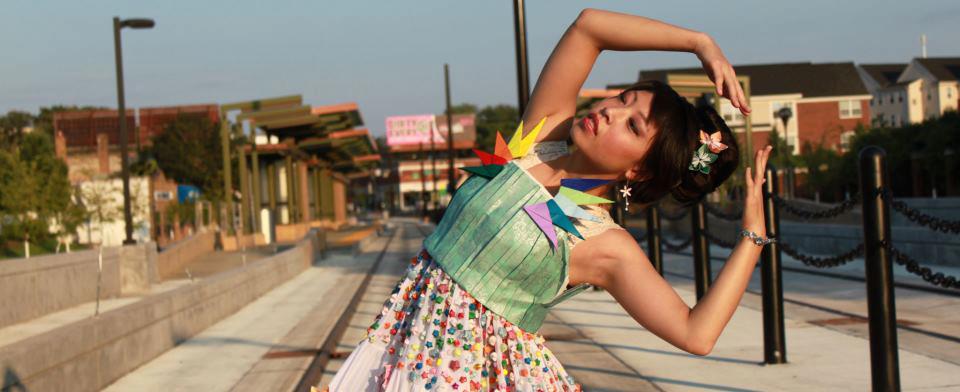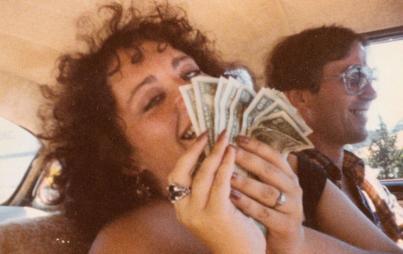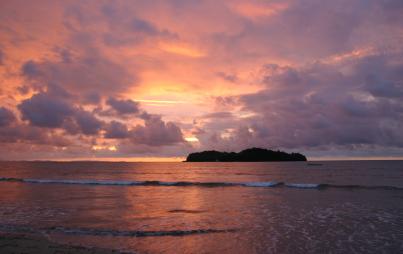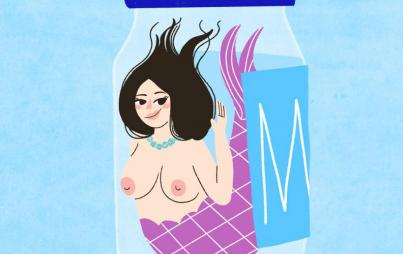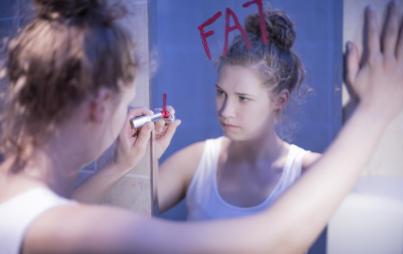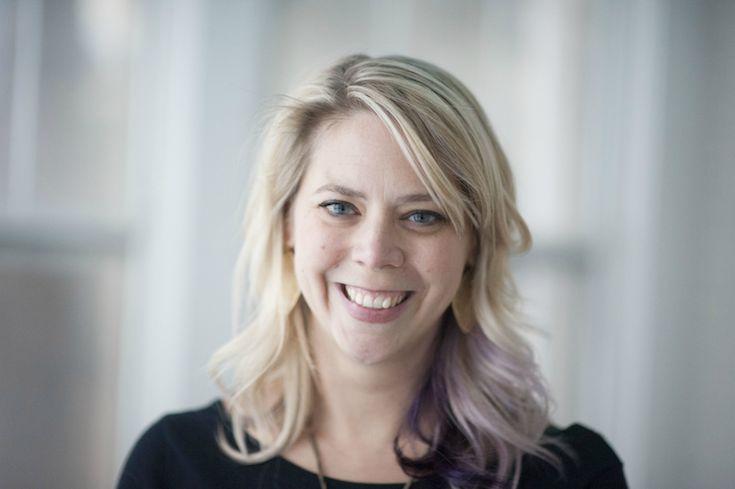
The local artist movement is growing nationwide thanks to Laura Zabel, Executive Director of Springboard for the Arts. Last fall, she launched Springboard for the Arts’ Creative Exchange, an initiative that provides free resources, hands-on advice, and toolkits to help cities replicate art projects (such as Community Supported Art in which shareholders buy boxes of art from local artists). She also headed Irrigate, a major art project that offset the impact of a three-year light rail construction project in St. Paul, Minnesota. We caught up with Zabel to discuss the power of art, and how local artists can change their communities.
How did the idea for Springboard for the Arts start, and how has it evolved since its inception?
It’s a little over 20 years old. It grew out of the idea that individual artists have value in their communities as entrepreneurs and small business owners. Since then, it’s evolved into an organization that’s interested in how artists build reciprocal relationships with communities. Now, we make programs that support artists’ abilities to make a living and a life. These programs help communities connect with artists and tap into resources that they can provide — we feel that that’s an asset that exists in every neighborhood and every community. It was originally based solely in Minnesota, but now we have a national platform for our work. 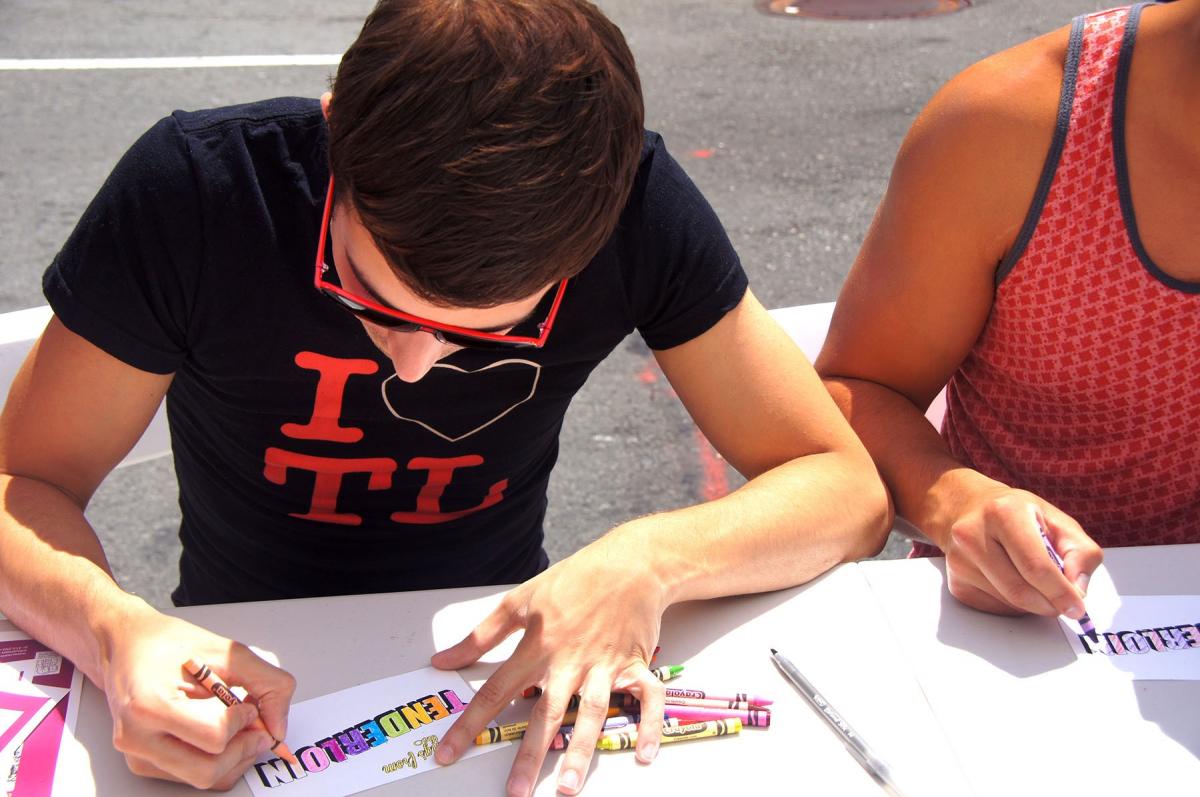
How does Creative Exchange work as part of the Springboard for the Arts program?
It’s our national platform for the work. We had a lot of success doing the work locally then had many requests across the country. Next, we saw a need and an opportunity to share stories of artists’ values, what they’re doing, and to share practical tools. The Creative Exchange is a home for interesting stories about artists all over the country that are having an amazing, interesting impact in their neighborhood. It is also a home for toolkits that can be used by other organizations. If you’re a local artist or local art organization, you can pick up those resources and start your own programs and build your own partnerships; I believe those programs work best when created locally. It’s also about building a network of people around this idea that local artwork and local artists are an important part of healthy communities.
What exactly is the Community Supported Art program, and how does it engage the community?
Community Supported Art is a program that is a perfect example of idea sharing and model sharing. It started in Minnesota, where it sells 50 shares at the beginning of the summer. There are nine artists involved. Each of those 50 shareholders gets a piece of work from all nine artists. It’s a mix of visual artists, writers, and performing artists, and the shareholders also get the opportunity to meet the artists through pick-up events. The ultimate goal is to build better relationships between the community and the artists. We started that program in Minnesota and then created a toolkit available on Creative Exchange, and now there are about 50 similar programs across the country.
How did the Irrigate project work in the St. Paul community, and are some of the art projects from Irrigate still there for people to come see?
Construction just finished. We can now look at it in retrospect and look at the ways artists were able to engage community, support local businesses, as well as develop a sense of agency and voice in a big community change. Over three years, we helped artists do 150 small projects along that construction. A lot were temporary projects such as performances and quick pop-ups, but then there were also permanent murals and installations. It’s amazing now to travel along that corridor to see how that community made its mark and how it had a voice during a period of big change.
For us, the lasting impact, or the more permanent piece, is the relationships that developed. All of those 150 projects were partnerships between artists and businesses or community organizations. That was our goal is to see the social aspect or social capital to find opportunities to work together again. It’s exciting to see how it has changed people’s perspective on the value of what artists can bring to their neighborhood.
What are some of the key ways for artists to get more involved in their community?
One, I think, is to participate in things that aren’t necessarily just art. Go to community meetings; show up at information sessions; learn more about what’s happening in your community. I think people can start to see where their creativity can help with those issues. Then, I think that the other thing is to start doing something. There’s so much pressure to do something large when we can do something small in our yard or at a bus stop. For example, an artist installed stained glass in an ugly chained-link fence. Those small acts of tending or gifts of joy can be catalytic and lead to bigger partnerships or projects. 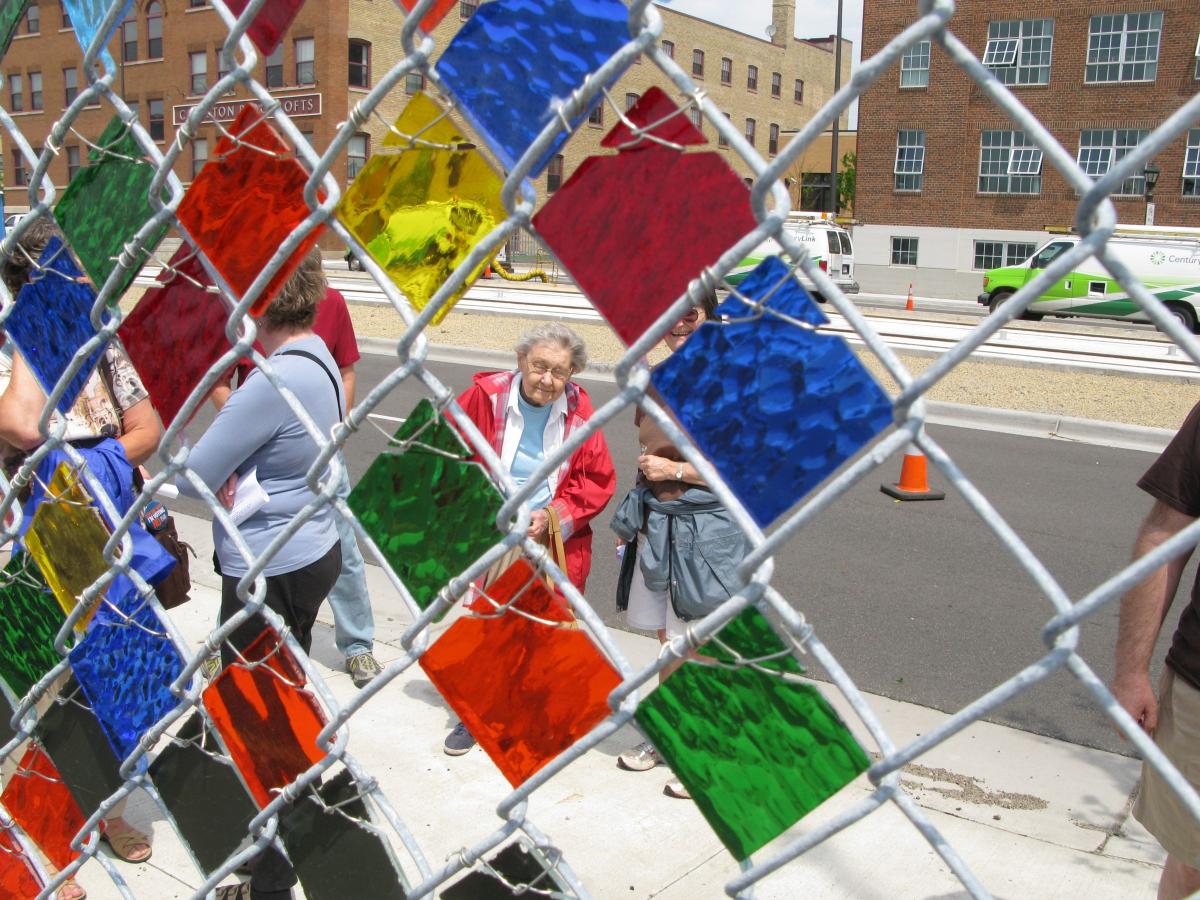
What have you learned since launching Springboard for the Arts that can serve as inspiration for our female readers?
I’ve been with Springboard 10 years this year, and I’ve learned a lot. We’ve been through this huge period of growth and change. We’ve grown from a local to national organization. Part of the advice I just mentioned for artists is part of what I’ve learned — talking to other people, reaching into other sectors, building partnerships, and understanding what other people care about — and then it’s about figuring out how to do something. I always say: “Love something, do something.”
What is the future for Springboard for the Arts?
I think our future, really, is focused on this idea of movement building. We think there’s great work happening all across the country; artists are contributing in really important and valuable ways, and we want to make that movement more visible. We want more people to understand that they can use their skills and make a life as an artist. Also, we want more people in the broader sense to understand the value of artists — for, artists are this amazing asset that every community can access. We want to build those bridges on a real national scale.
